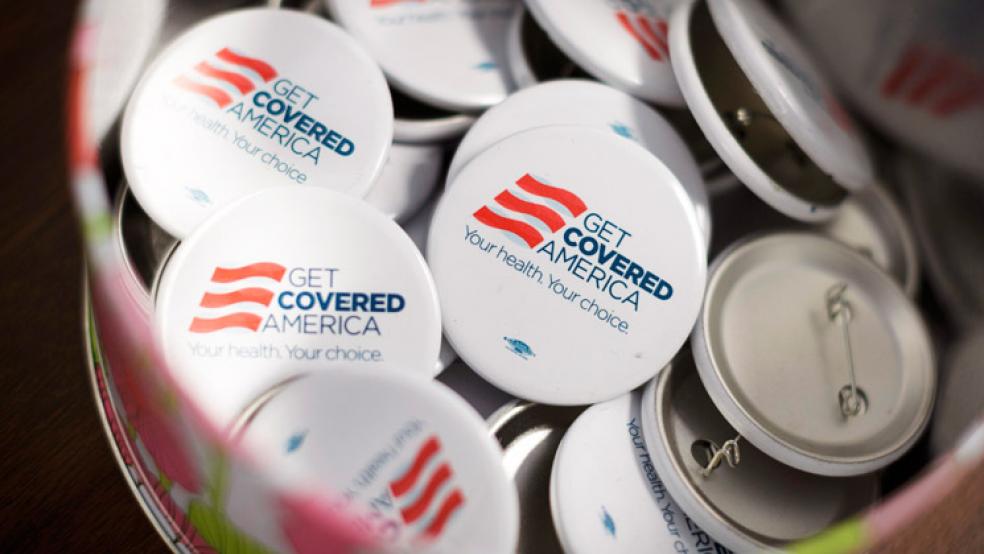Administration officials claimed yesterday that they would meet their target of having 7 million people enrolled in Obamacare by March 31. Given the continuing problems with the HealthCare.gov website, combined with problems at the state exchanges, achieving that goal could be a very heavy lift.
However, officials may have a trick up their sleeve. It’s a little-known provision of the law called special enrollment — and it might be Obamacare’s secret weapon after open enrollment ends, according to health policy experts.
Here’s the deal: The end of open enrollment does not mean the end of enrollment — it’s called “special enrollment.”
Tim Jost, a health policy expert at Washington and Lee, said in an interview that we can’t assume that the people who sign up as of April 1 are all the people who will still be eligible to sign up during the rest of 2014. The debate over whether Obamacare can be successful in the long run will be far from settled on March 31, he said.
Related: Tech Experts on HealthCare.gov--Shut It Down
Jost and other experts said this is expected to increase dramatically the number of people currently eligible for subsidized health care.
Exchanges Open for Business
Special enrollment allows those who have experienced any of the following conditions to purchase health care during the year at that year’s price: lost their health care, gotten married, had or adopted a baby, experienced a death in the family, became a citizen, moved to a new coverage area, or experienced a government error when they tried to purchase health care during open enrollment. The will have to enroll again the following year during open enrollment.
Related: 39 Dems Help GOP Pass Insurance Cancellation Bill
This generates a constant churn of new eligibility. In a recent blog post, Rick Curtis, president of the Institute for Health Policy Solutions, and John A. Graves, assistant professor at Vanderbilt University School of Medicine, said this churn helps the law gain traction beyond open enrollment.
"As more widespread awareness of the ACA and the individual mandate set in, it is likely that enrollment will continue to ‘ramp up’ over time — as it did when Massachusetts implemented its 2006 reforms. Thus, marketplace enrollment from among the ‘flow’ population of individuals who become eligible next year — not just from the “stock” of currently eligible uninsured and individual plan enrollees — will be important to meet program enrollment and risk-pool goals."
According to the Curtis and Graves analysis, 12 percent of adults aged 19 to 64 will be eligible for subsidized coverage by the end of 2014. However, less than half — only 42 percent — have been eligible during the current open enrollment period.
They also suggest that the special enrollment period will benefit young people, the group that holds the key to the law’s success. In order to keep insurance premiums from rising, about 40 percent of enrollees must be young and healthy.
Related: Obamacare Individual Mandate May Be Next to Fall
“Young adults who graduate and move off their college plans or who turn 27 and no longer qualify for their parents’ employer coverage, and workers who have employer coverage at the beginning and end of a year, but have a shorter term loss of such coverage,” will also become eligible during special enrollment, they write.
HHS Secretary Kathleen Sebelius said this morning that 365,000 people have chosen plans through federal and state exchanges, up from 106,000 in October.
Long-Term Fix
The risk corridors, combined with the special enrollment period, allow the White House time for Obamacare to gain momentum. President Obama will likely face criticism if he failed to sign up 7 million by April. But he'll also be able to continue to enroll people throughout 2014.
"On April 1, we won’t wake up knowing the risk pool for 2014. We’ll know something about it, but it will continue to change," Jost said.
Top Reads from The Fiscal Times:





